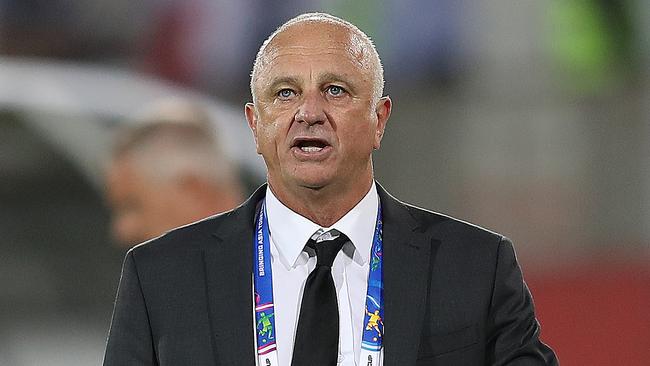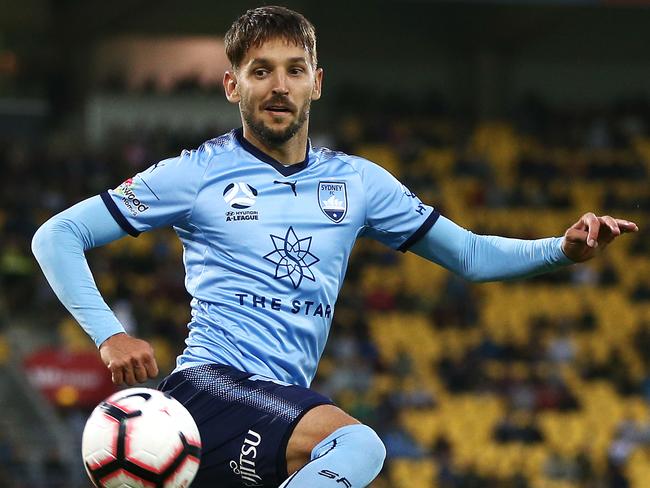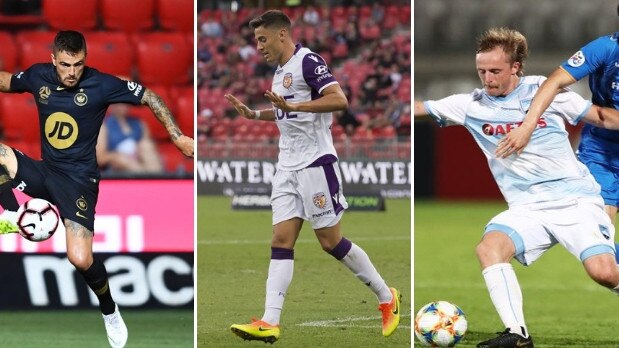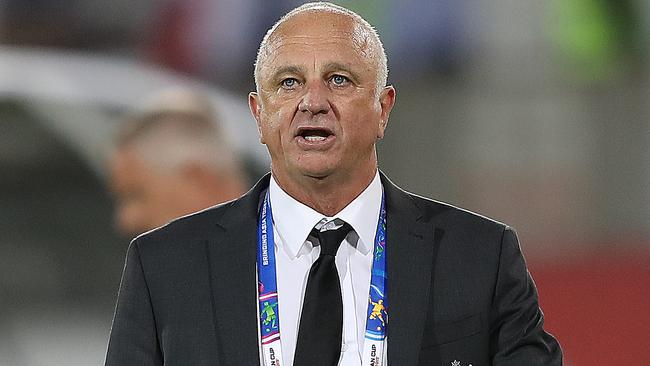New A-League model call for increase in visa players threatens to shut out local talent
With a radical new model for the A-League to be unveiled in just a few weeks, a philosophical debate is going on that could have far-reaching implications for the Socceroos as well as the domestic competition.

Football
Don't miss out on the headlines from Football. Followed categories will be added to My News.
- Visa numbers in spotlight as Arnold states case
- Arnold’s ‘disastrous’ bid to end endemic losing culture
IT’S a contest of ideas that goes to the heart of the future of Australian football.
With a radical new model for the A-League just weeks away from being unveiled, a philosophical debate is going on that could have far-reaching implications for the Socceroos as well as the domestic competition.
Since the start of the A-League, teams have been allowed to have five visa players. Periodic attempts have been made to reduce it but the clubs have always fought against that, even the “3+1”.
Now the A-League owners have made clear they want to go the other way, lifting the limit as the A-League expands. In response, Socceroos coach Graham Arnold this week presented a paper to the panel that’s designing the new A-League, illustrating why he’s worried about the effect of that.

So do the numbers support his argument? On any given weekend, 110 players start in the A-League’s five games. The Daily Telegraph has analysed appearance numbers over the past few weeks, and of those 110, around 38 of the 43 visa players signed by the clubs are playing regularly.

Another nine have Australian citizenship but are not qualified to play for the Socceroos – players such as Daniel Georgievski (Macedonian international) and Glen Moss (New Zealand international). And another five are New Zealand-qualified players who appear most weeks for Wellington (remember Kiwis are foreign players for the Australian teams, but not for Phoenix).
So on average, only 58 of the 110 starting players could be scouted for the Socceroos. But realistically, at the start of a World Cup qualifying cycle, very few of those aged over 30 are long-term candidates. In fact 23 of the 58 are 30+, which leaves a pool of 35 – two of whom are goalkeepers in Paul Izzo and Lawrence Thomas.

Suddenly it’s a pool of 33 outfield players who could potentially be A-League-based Socceroos, and that number would be lower still if visa players like Patrick Ziegler and Papa Diawara weren’t on the long-term injury list.
Whether this matters depends on your priorities. The clubs believe foreign stars sell tickets, and also fear that with two new teams coming this year and next, and another two further down the track, there is a finite pool of Australian players to draw on and wages will go up as a result.
Their solution is to guarantee two U23 Australian players on each team’s bench each week. The question is how much first-team game time they will get if six or even seven foreigners are in the team.
As it is, the vast majority of the Olyroos squad training in Malaysia this week is players on the fringes of their A-League team.
“I love good foreign players, someone like Milos Ninkovic lights up the league,” Arnold told The Daily Telegraph. “But there’s a lack of game time for our Australian kids as it is.
“We need to get them on the pitch playing as soon as possible but if more foreign players come in, how will we keep Australian youngsters here?”
Originally published as New A-League model call for increase in visa players threatens to shut out local talent


